Current transformers (CTs) play a vital role in modern electrical systems, providing accurate and non-intrusive current measurement for a variety of applications. Unlike other types of transformers, current transformers are specifically designed to measure and transform high current levels into manageable levels suitable for measuring instruments and protective devices. Read More…
With more than 500 current transformer manufacturers in the world, Triad Magnetics realizes you have a choice. Why choose Triad? Having served the needs of many industries for more than half a century, Triad believes its experience makes the difference. And if there is one point experience has taught it, it is that it must remain flexible and adaptable to the changing needs of the market.
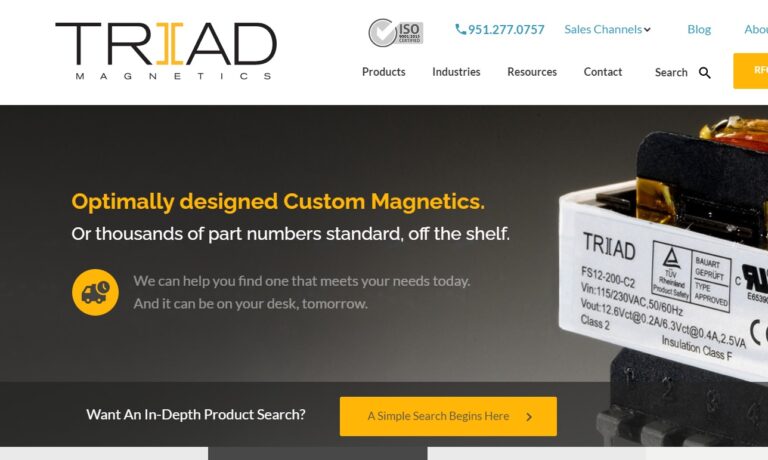
Lenco Electronics, Inc. specializes in a wide variety of custom electric transformers. Lenco’s success has not come about by accident, but by providing its customers with high-quality products.
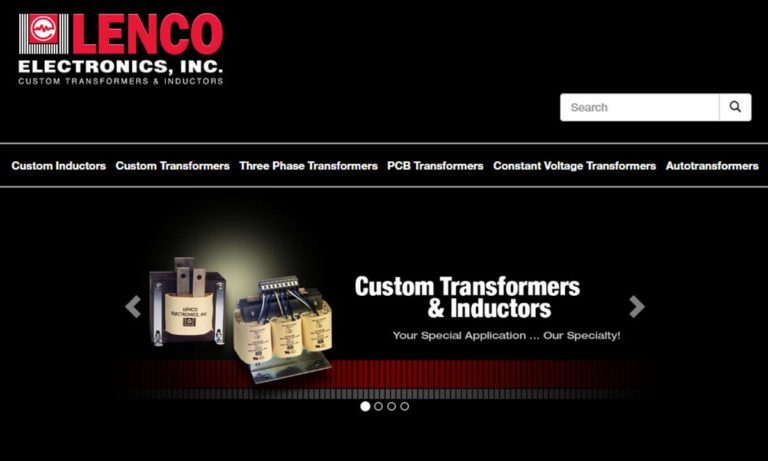
Bicron Electronics specializes in high efficiency toroidal transformers up to 10KVA with safety recognitions from UL, CSA, VDE, TUV and IEC as well as high frequency transformers up to 10MHz for isolation, gate drive, pulse and switch mode functions. Bicron is ISO 9001:2000 certified.
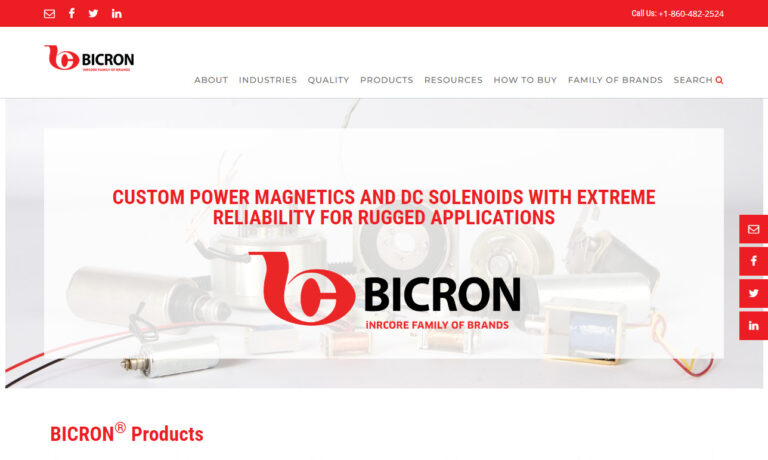
We design and manufacture Toroidal Transformers, Inductors and Current Transformers in Connecticut, USA and Asia. Certified to UL/CSA/IEC/EN. CE marking. Applications from lighting to medical devices. Customers served Worldwide. For High Frequency Magnetics, visit our affiliate www.Induktorusa.com

ISO 9001:2000 registered Sun Transformer creates custom transformers optimized for the needs of many industries. Large power, isolation & auto transformers, printed circuit mount power transformers, units for hostile conditions, units with ferrite or nickel cores for digital telecommunications use, etc.

More Current Transformer Manufacturers
Components and Working of Transformers
All transformers share common components, including a magnetic core and primary and secondary windings. The primary winding carries the high-voltage input current, while the secondary winding delivers a scaled-down current for measurement or protection. Transformers work based on the principle of electromagnetic induction, where alternating current in the primary winding creates a magnetic field that induces a current in the secondary winding, proportional to the turns ratio.
Unique Design and Components of Current Transformers
Current transformers are designed with specific considerations to ensure accurate and reliable current measurement. They feature a large number of primary turns and a single or few secondary turns, resulting in a significant current reduction. The core material and size are carefully chosen to handle high currents while minimizing saturation effects. Additionally, current transformers incorporate a secondary burden resistor to provide a precise and calibrated output.
Variations of Current Transformers
Current transformers come in various forms to meet specific application requirements. Wound primary current transformers consist of a primary winding and a secondary winding wound around a magnetic core, offering wide current measurement ranges. Toroidal current transformers, meanwhile, utilize a ring-shaped core with a secondary winding passing through it, providing high accuracy and compact size. Additionally, bar-type current transformers employ a straight primary conductor passing through a window in the magnetic core, ideal for high-current busbar applications.
Considerations Regarding Current Transformers
While current transformers offer numerous benefits, their design and use present certain considerations. Incorrect installation, such as improper secondary winding connections or incorrect burden resistor selection, can lead to measurement inaccuracies. Additionally, core saturation due to excessive current or external magnetic fields can compromise measurement accuracy. However, through careful design and adherence to installation guidelines, these considerations can be effectively addressed.
Benefits of Current Transformers
The benefits of current transformers are extensive.To start, they enable accurate and non-intrusive current measurement, ensuring precise data for load monitoring, fault analysis, and energy audits. Additionally, current transformers enhance safety by providing isolation between the primary current-carrying conductors and the secondary circuit, reducing the risk of electrical shock. They also serve as vital components in protective relaying systems, detecting faults and enabling rapid response to prevent equipment damage and electrical accidents. Furthermore, current transformers facilitate efficient energy management, enabling load balancing, power factor correction, and optimal utilization of electrical resources. They also support power quality analysis, detecting harmonics, transients, and voltage sags or swells, thereby aiding in system troubleshooting and improvement.
Applications of Current Transformers
The applications of current transformers are widespread across various industries. In power systems, they are essential for protection and monitoring, detecting faults, and isolating faulty sections to prevent widespread outages. Current transformers are also employed in energy metering and billing, accurately measuring the energy consumption in residential, commercial, and industrial settings. They play a critical role in ground fault detection and protection, swiftly identifying ground faults to ensure personnel safety and minimize equipment damage. In motor control and monitoring, meanwhile, current transformers provide valuable data for motor performance analysis, overload protection, and preventive maintenance. Current transformers are equally indispensable in industrial process control, enabling precise control of currents for chemical reactions, manufacturing processes, and motor-driven equipment. Moreover, with the rise of renewable energy systems, current transformers are utilized for monitoring and managing the flow of current in solar photovoltaic systems, wind farms, and energy storage systems.
The Future of Current Transformers
Current transformers have been a crucial component in traditional power systems, but their role is poised to expand in the future as power systems evolve. With the increasing integration of renewable energy sources and the emergence of smart grids, current transformers may play a pivotal role in enabling advanced functionalities. For instance, current transformers equipped with communication capabilities could provide real-time data on current measurements, load profiles, and power quality parameters. This information could be utilized for intelligent load management, demand response programs, and optimizing energy usage. Additionally, with the advent of advanced protection schemes and adaptive relaying techniques, current transformers may be integrated with digital systems to enable rapid fault detection, self-healing networks, and improved grid resilience. The deployment of current transformers in distribution systems, microgrids, and electric vehicle charging infrastructure could similarly enhance monitoring, control, and coordination of power flows, ensuring efficient and reliable operation. Moreover, the integration of data from current transformers with advanced analytics and machine learning algorithms could unlock valuable insights for predictive maintenance, asset optimization, and system performance improvement. As the power sector continues to evolve, current transformers are poised to play an increasingly significant role in facilitating the transition towards smarter, more sustainable, and resilient power systems.
Choosing the Proper Current Transformer Manufacturer
To ensure you have the most beneficial outcome when purchasing current transformers from a current transformer manufacturer, it is important to compare several companies using our directory of current transformer manufacturers. Each current transformer manufacturer has a business profile page highlighting their areas of experience and capabilities, along with a contact form to directly communicate with the manufacturer for more information or to request a quote. Review each current transformer business website using our patented website previewer to quickly learn what each company specializes in. Then, use our simple RFQ form to contact multiple current transformer companies with the same form.

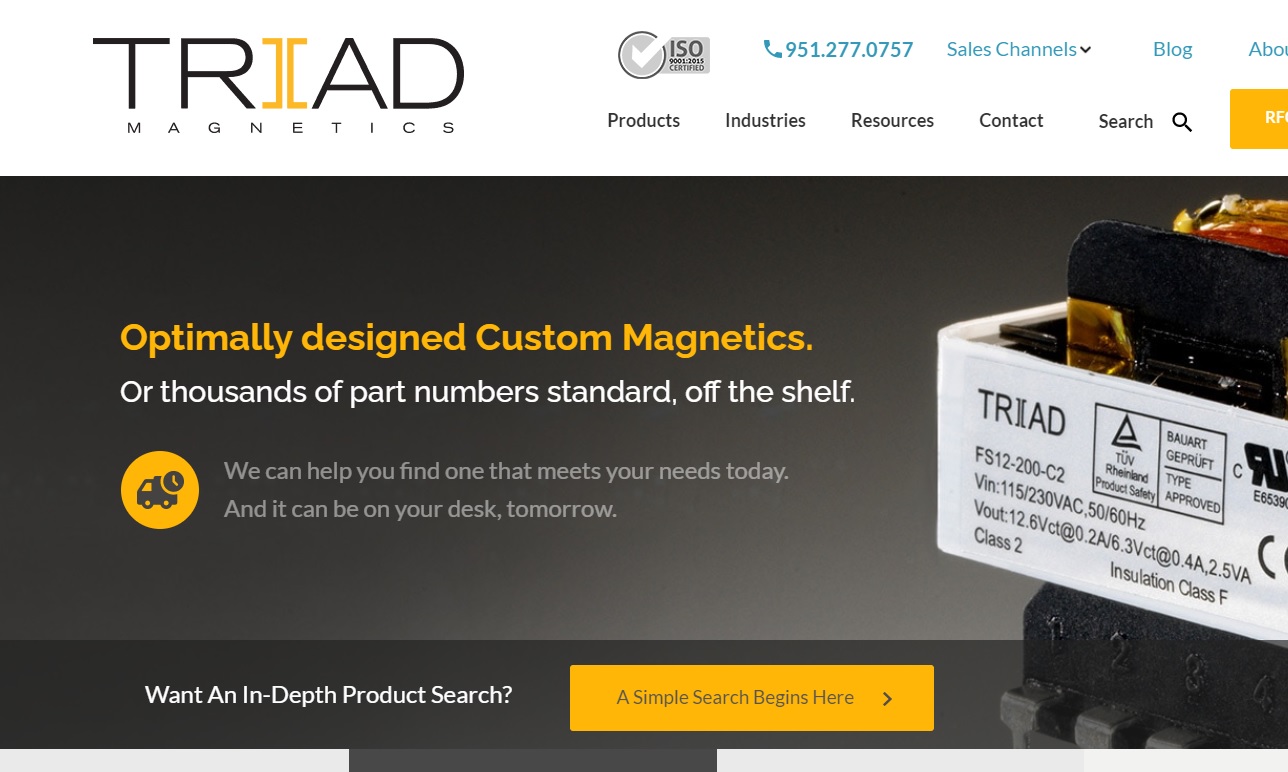
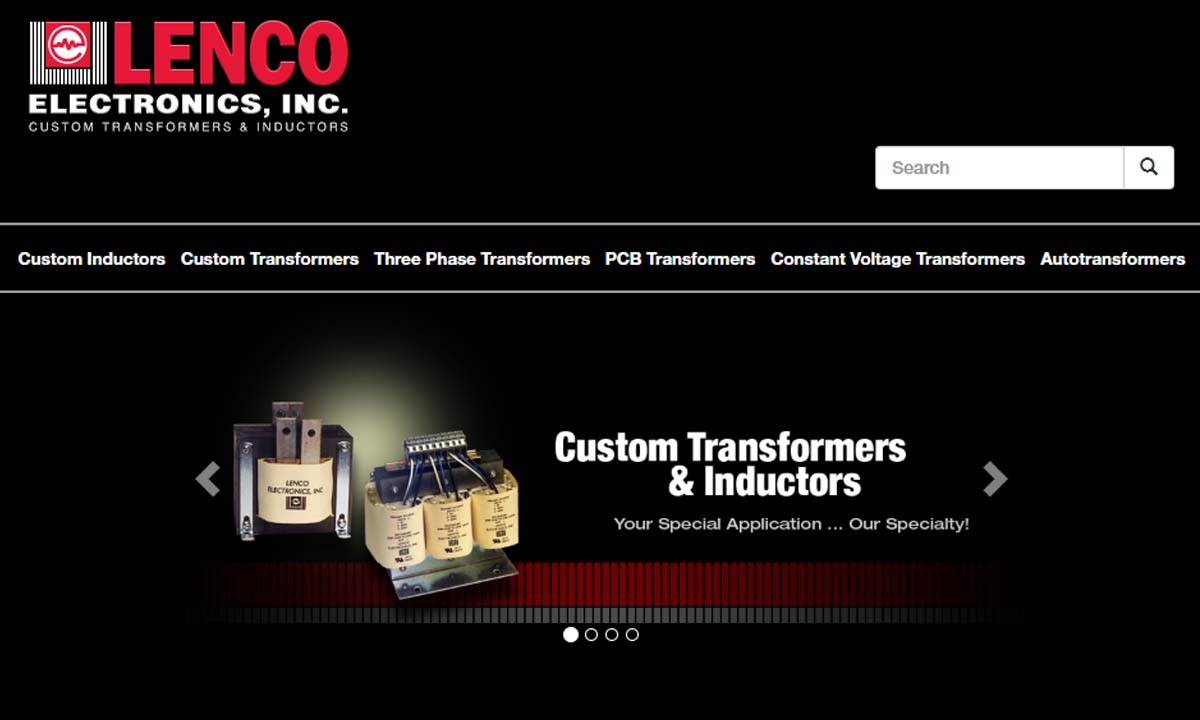
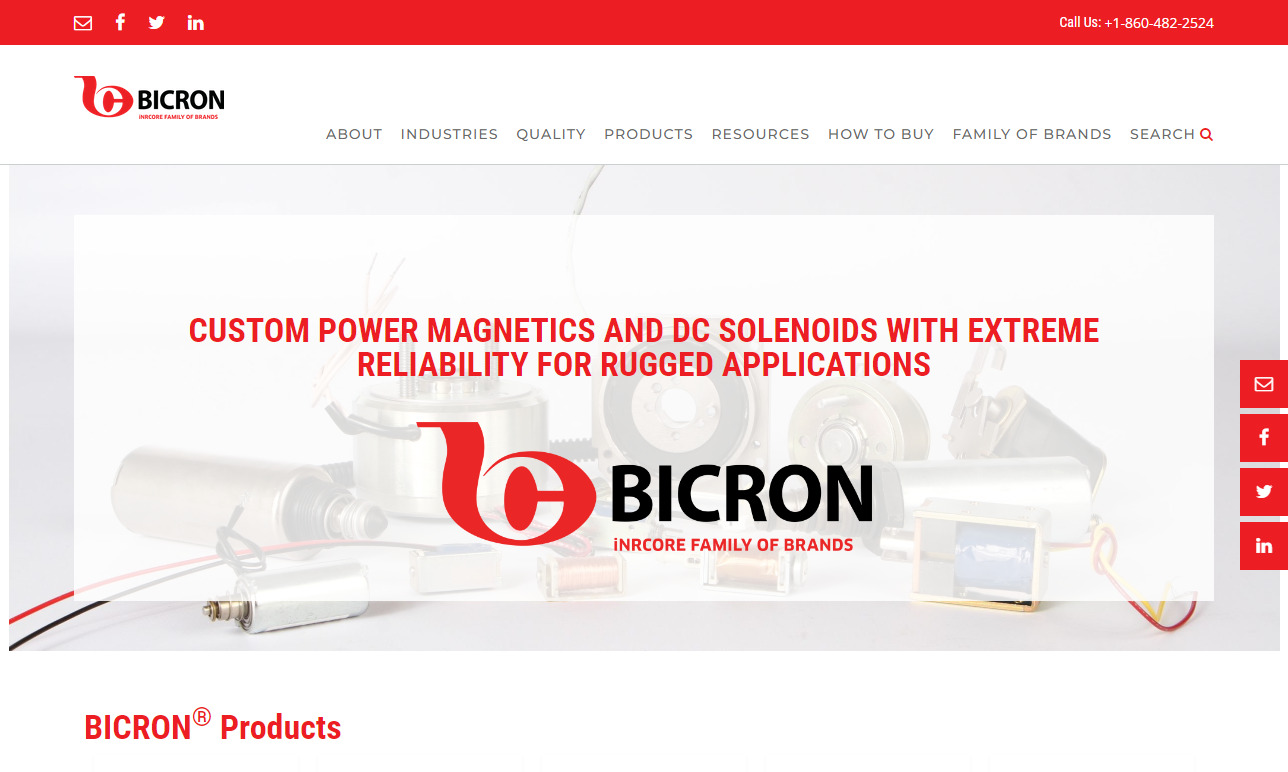











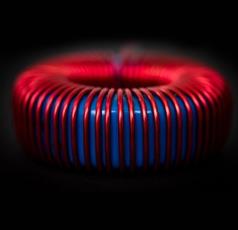 Electric Coils
Electric Coils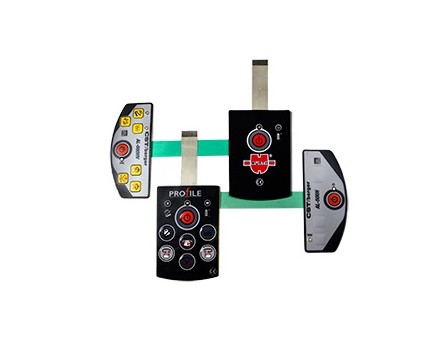 Electric Switches
Electric Switches Electric Transformers
Electric Transformers Electronic Connectors
Electronic Connectors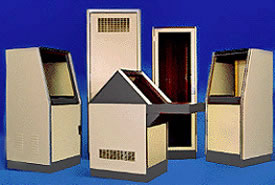 Electronic Enclosures
Electronic Enclosures EMI Shielding
EMI Shielding Membrane Switches
Membrane Switches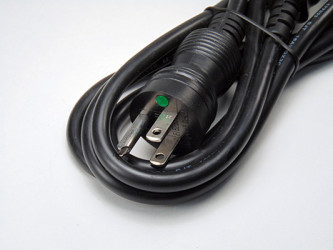 Power Cords
Power Cords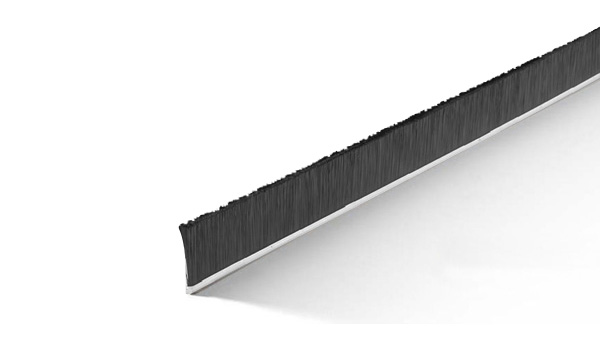 Static Eliminators
Static Eliminators Castings & Forgings
Castings & Forgings Bulk Material Handling
Bulk Material Handling Electrical & Electronic Components
Electrical & Electronic Components Flow Instrumentation
Flow Instrumentation Hardware
Hardware Material Handling Equipment
Material Handling Equipment Metal Cutting Services
Metal Cutting Services Metal Forming Services
Metal Forming Services Metal Suppliers
Metal Suppliers Motion Control Products
Motion Control Products Plant & Facility Equipment
Plant & Facility Equipment Plant & Facility Supplies
Plant & Facility Supplies Plastic Molding Processes
Plastic Molding Processes Pumps & Valves
Pumps & Valves Recycling Equipment
Recycling Equipment Rubber Products & Services
Rubber Products & Services